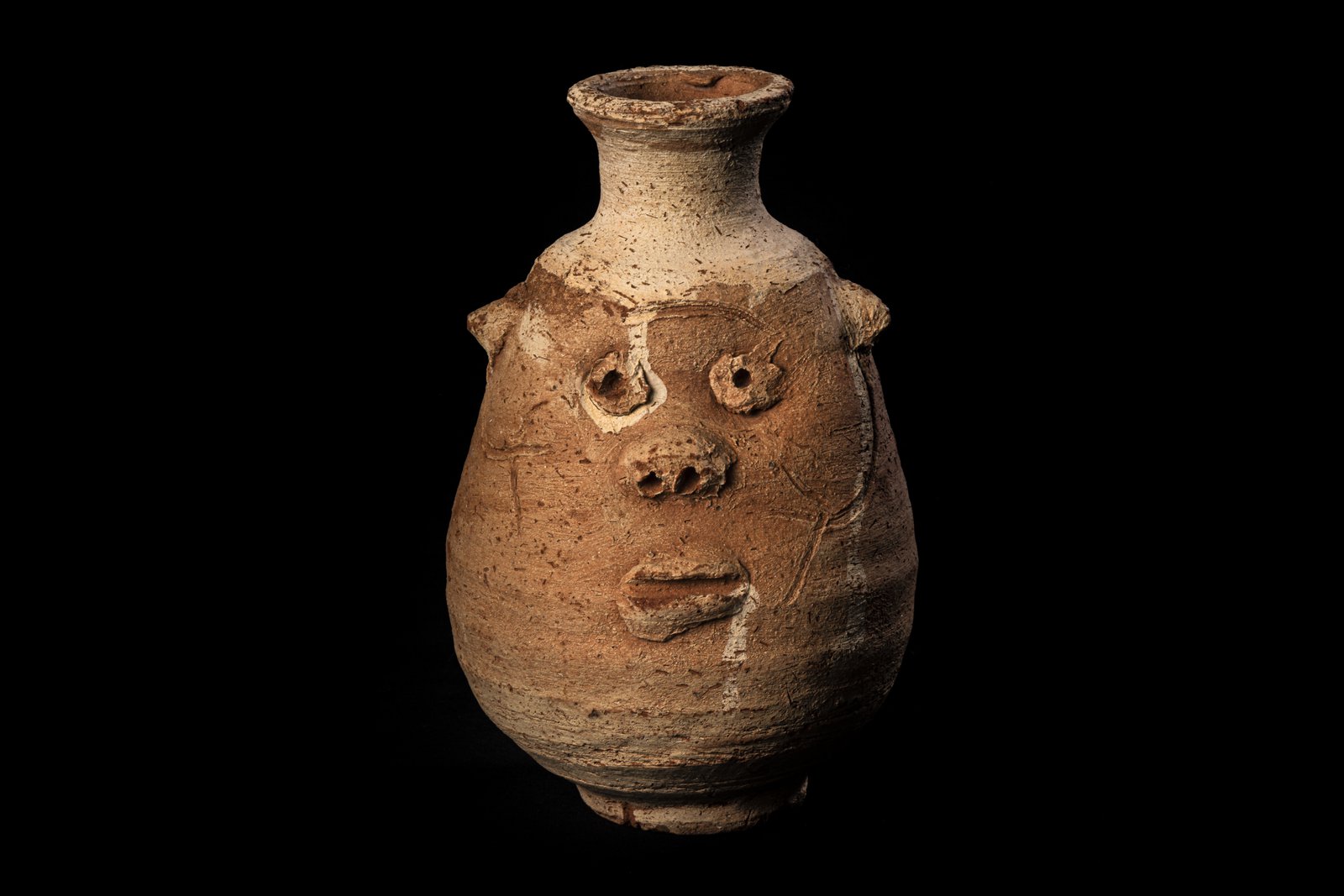Religion and gods in ancient Egypt
On this page...
Religion
Throughout Egypt's history beliefs and practices were constantly changing though the themes of fertility, rebirth, death and resurrection generally remained constant. The ancient Egyptians had a tendency to merge new beliefs with the old ones rather than simply replace them. This tendency has made it difficult for modern scholars to fully understand the ancient beliefs and, although much is known, there is still much that remains a mystery.
Stay in the know
Keep in touch and experience our cultural programs and educational offerings, many of which are community inspired and led.
Subscribe nowGods
We know of hundreds of gods and goddesses worshipped by the ancient Egyptians as their names, personalities and appearances have survived in the artwork the civilisation left behind. Many of these had the same or similar roles. This is due to both the complex nature of the religion and the political organisation of the state.
Local areas had local gods, with each city or region often having their own deities that they worshipped. If a city came to prominence under a ruler or powerful official, then the local gods rose alongside them. These became ‘state’ gods, worshipped by the wealthy and elite in the temples. However, the general population continued to worship their local gods as well. Some gods, therefore, were preferred by certain classes of people, some were only worshipped in certain areas, and others prominent only in certain periods. In later times, different deities were frequently combined or merged.
Osiris, chief god of the dead and the afterlife, is usually depicted as a mummy-shaped human wearing the atef crown (a white crown flanked by ostrich feathers) and holding a crook and a flail (signs of kingship and justice) Occasionally, Osiris' skin is green or black, a reference to his aspects of vegetation and fertile earth.
3D interactive model of limestone statue of Osiris
View the limestone figure of Osiris on Pedestal 3D for full screen and additional functions.
Anubis was the jackal-headed god of embalming and mummification and the patron god of embalmers. He was also a guardian of the dead and a guide through the underworld.

© Australian Museum
Neith was the mother of the sun god Re and a goddess of hunting and warfare.
The dwarf Bes was a popular household god and mainly responsible for protecting the family and ensuring a safe childbirth in particular. Artists often depicted him facing forward, rather than in profile.

© Australian Museum
Sakhmet was goddess of war, destruction and misfortune. The name is derived from the ancient Egyptian word sekhem, meaning ‘powerful’. She is an aggressive deity who is usually depicted as a lion-headed figure.
The cat-headed goddess Bastet was the gentle counterpart to the lion-headed Sakhmet. She was protector of the home and pregnant women and was also linked to worship of the moon.
Horus, the falcon-headed sky god, was the son of Osiris and Isis and the embodiment of divine kingship. His eye, or udjat (sometimes spelt wedjat), was a powerful protective amulet. Rulers of Egypt were considered to be earthly representations of Horus so many falcon statues and images bear the crown of Upper and Lower Egypt.

© Australian Museum
Human-headed Imsety, a son of Horus, was the protector of the liver.
Baboon-headed Hapy, a son of Horus, was the guardian of the lungs.
Falcon-headed Qebehsenuef, a son of Horus, protector of the intestines.
Jackal-headed Duamutef, a son of Horus, keeper of the stomach.

Duamutef was one of the four sons of Horus, guardians of the deceased king’s organs. This jackal-headed god protected the king’s stomach and shielded him from harm in the Netherworld. The ancient Egyptians feared death and decay and protected the deceased by removing the organs and mummifying the body.
Image: Laboratoriorosso, Viterbo/Italy© Laboratoriorosso, Viterbo/Italy
Thoth, a moon-god, was the god of wisdom, maker of laws and chief scribe to the gods. He was also a guide and helper to the spirits of dead people travelling in the underworld. Artists depicted him as an ibis, a baboon or a man with the head of either of these animals.
Isis was the wife-sister of Osiris and a powerful goddess of protection.
Nephthys was the sister of Isis and Osiris and a protector of the dead.

